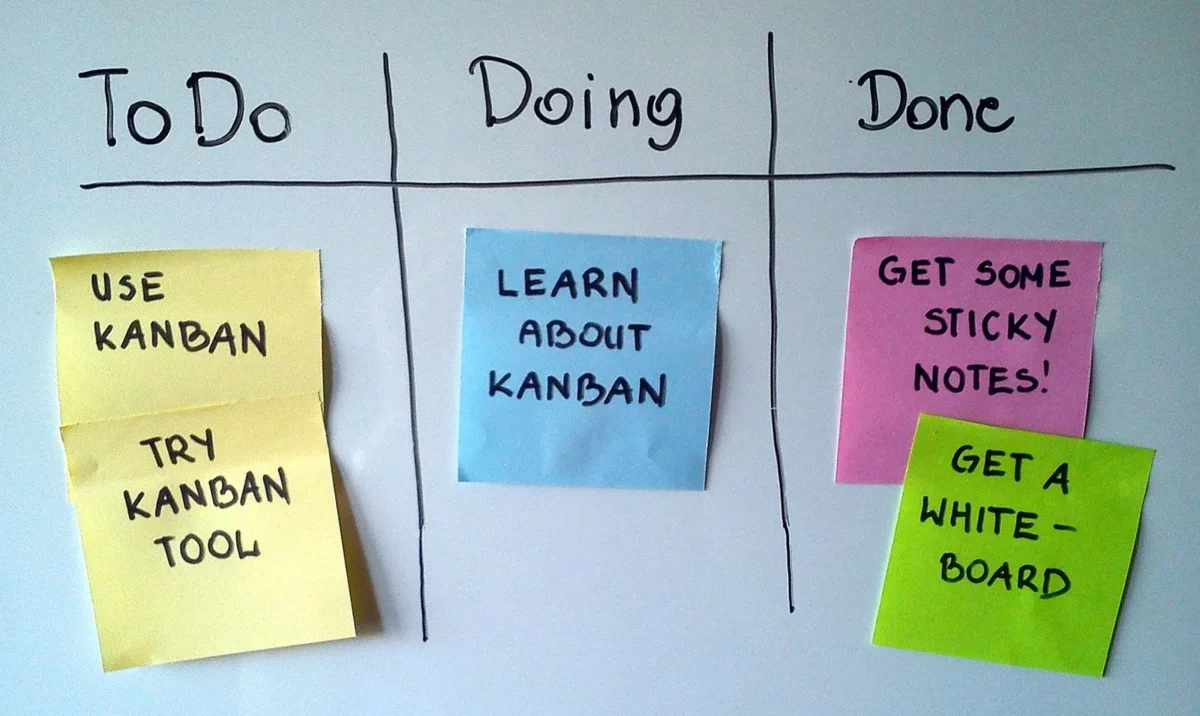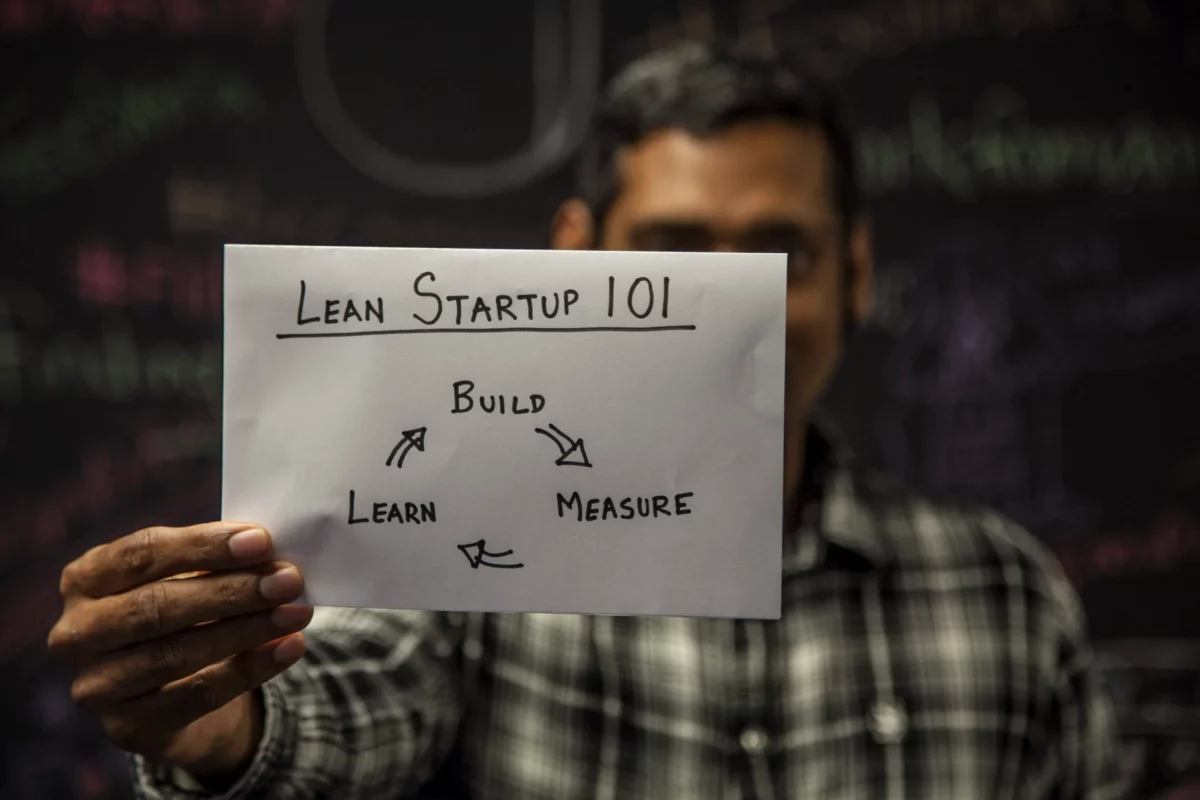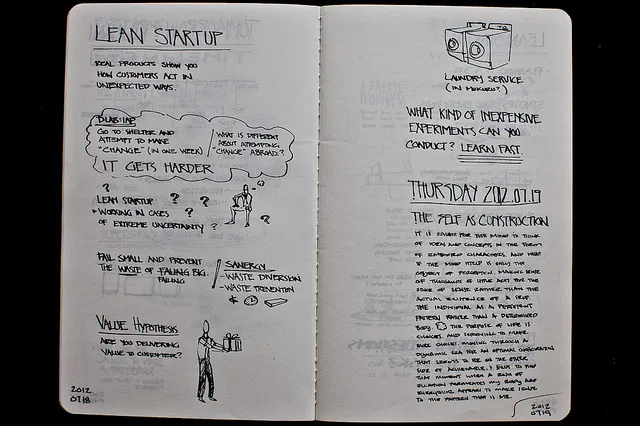Or are you working for an insecure founder? Take this 5 point quiz to figure it out. I should know, I was one. And when I was there, admitting it was really hard. So let’s dive in – ask yourself these questions (or answer for your founder) and add up your points.
1) Sharing your idea with others: Startups spawn competition. Warren Buffet famously invests in companies that have a “”moat” against competition. So how do you react to this challenge? Do you continue to share despite risks (0 points), or go into stealth mode until the product is ready (2 points)?
2) Building a better product: As we look across the marketplace, most successful products that capture and maintain market share are full featured. Despite the fact that products may have grown in a specific niche, it appears that the really successful ones were able to broaden their appeal by having something for every type of user. They leveraged their scale to build their moat. So do you risk going to market and pitching a lightweight product (0 points), or hedging your bets by having multiple feature sets (2 points)?
3) Dealing with Negative Nancys: Optimism and self-belief are what builds things. Complainers and naysayers suck all the air out of the room. You may find these kinds of investors, team members, even early users who cannot see the potential but are quick to dismiss. Do you allow the negativity to impact your momentum (0 points) or do you protect your team that is busy creating (2 points)?
4) Envisioning the future: Founders without vision are like bats without sonar – they fly into walls. It is your vision that drives the team, that pulls that future possibility into the present. People depend on you to know what the future is like. Doubt, uncertainty, changing your mind, etc. are behaviors that show you aren’t sure and this could be dangerous to team spirit. Do you protect your team from the fear of failure (2 points) or do you share your fears hoping for support and risk employee turnover (0 points)?
5) Order versus entropy: Teams perform at high efficiency when plans are clear, output is measurable, problems are predictable and solutions are known. Who wants to work at a place where the goals change every day? How will your team members know whether they meet expectations? You can simplify things for the team by taking out the variability. You can find the shortest path to the next feature set without disrupting the current product version or existing customers. Do you ensure the efficiency of the team by creating a high performance sandbox (2 points) or do you disrupt their workdays by experimenting on possible customer needs (0 points)?
Total up your scores, the results are coming shortly.
But before we do that, to set the record straight, this is not about stress, exhaustion, uncertainty, bi-polarity, personal hang ups, fear of failure etc. Those are par for the course for any founder. Here we are talking about a specific aspect: irrational insecurity about the approach which afflicts a large number of first time founders, and some just never shake it off. This can destroy businesses and leave permanent scars.
And here are the results:
1) 8-10: You are insecure. Admit it, and then work to get better. You may think that putting your own money on the line, quitting your day job, etc. demonstrates your security and self belief. It doesn’t. In some cases that may show desperation if you cannot find others to fund/ally with you. You, your product, and your team need to engage openly and fearlessly with the world (customers, investors, team) with warts and all. The good news is that if your team learns and grows as a result of being constantly challenged then there is a future, else there isn’t.
2) 5-7: You are tending towards insecurity. Understand how your insecurity is detrimental to success. Read The Lean Startup, or at least understand its concepts. You have a choice: live in a perceived perfect world where everything falls into place and you experience success, OR get kicked in the teeth a few times by going out and exposing yourself and the team to shocks, but quietly believing in yourself to learn and grow from it to emerge stronger.
3) 2-4: You have some room for improvement. The decisions you make, and the culture you create is often as important as the product and the vision you have. Engaging your team, empowering them to understand higher level business objectives and trusting them to perform in changing conditions builds that culture. Keep working towards that.
4) 0-1: Congratulations, you are perfect! All the wealth and success in the world is yours… maybe. Having the right mindset is great but so is doing the hard work of implementing Lean Startup and letting the data speak. Keep improving your ability to tune out your confirmation bias, use your team’s creativity to think of new value propositions and hypotheses to test and most important of all – engage and understand your customer really, really well.
God speed you on your travels!
Picture courtesy of Thomas P. Röthlisberger
Rajiv Menon
on
April 15, 2016












